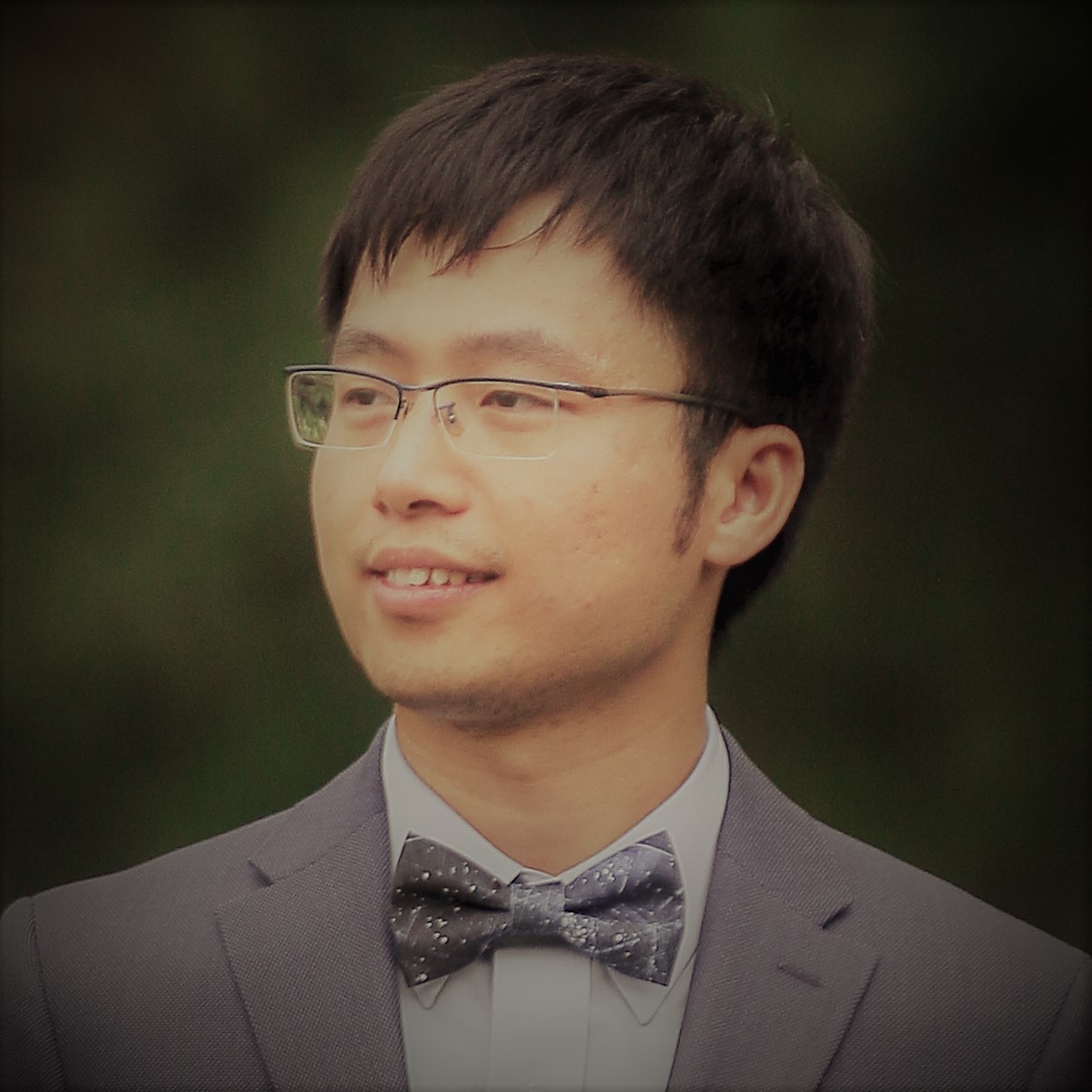About Me
Hi there, I’m Debing Wei from C3L@B UH 👋
📱 860-771-0567 ✉️ wei.debing@gmail.com
🏠 W342, Engineering Building 2, 4726 Calhoun Road, Houston, TX 77204
As a Ph.D. candidate in electrical and computer engineering, I have dedicated myself to research wireless data and power transfer technologies for extreme environments (e.g. underwater and underground) where traditional communication technologies barely work. By manipulating different kinds of physical waves (e.g. EM wave, acoustic wave, etc.) in different propagation mediums, my dream is to connect every corner of the world wirelessly.
Research Interests
Wireless communications and networking in underwater environments
Water, especially seawater, can not only slow down the propagation speed of EM wave but also can attenuate the strength of the EM wave significantly. The higher the frequency, the more severe the attenuation is. Therefore, the traditional RF-based wireless communications (e.g. Wi-Fi, Bluetooth, etc.) cannot work underwater. One of my research is investigating the propagation of low frequency (<300 kHz) EM wave in the water (lossy medium), and how to achieve the best wireless communication performances within near field regions (<100 m).
Other than EM waves, acoustic waves can propagate much further (hundreds of km) in the water. However, due to the slow propagation velocity and limited bandwidth, the underwater acoustic channel conditions are quite poor, which results in unsatisfactory communication performances (in terms of data rate, delay, and reliability). My other research is leveraging acoustic waveguide (aka stress wave) through offshore pipelines to realize more reliable and faster underwater communications.
We can safely assume that not a single wireless communication technology can fulfill different communication requirements of various underwater applications. Nevertheless, underwater hybrid networking may provide a good solution. Therefore I am also working on combining different kinds of underwater wireless communication technologies (e.g. acoustic, MI, stress wave, optics, etc.) to support different IoUT applications.
